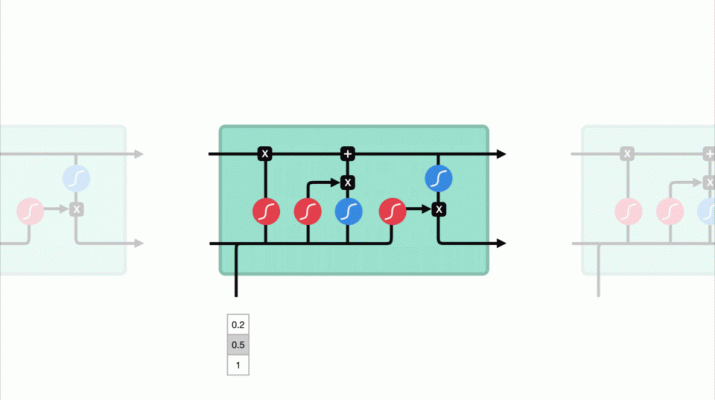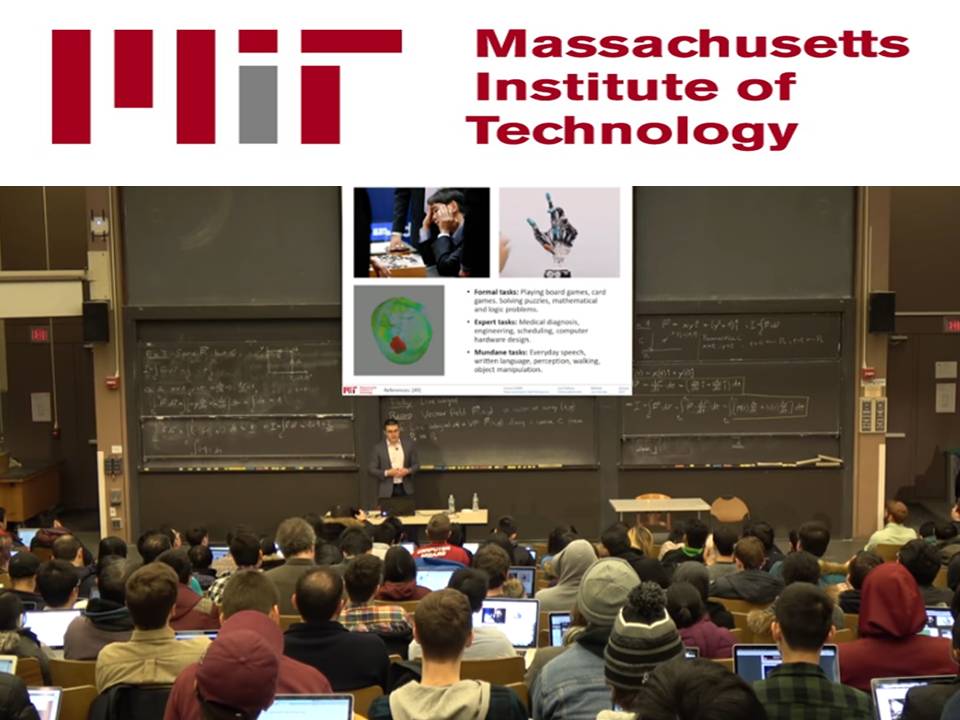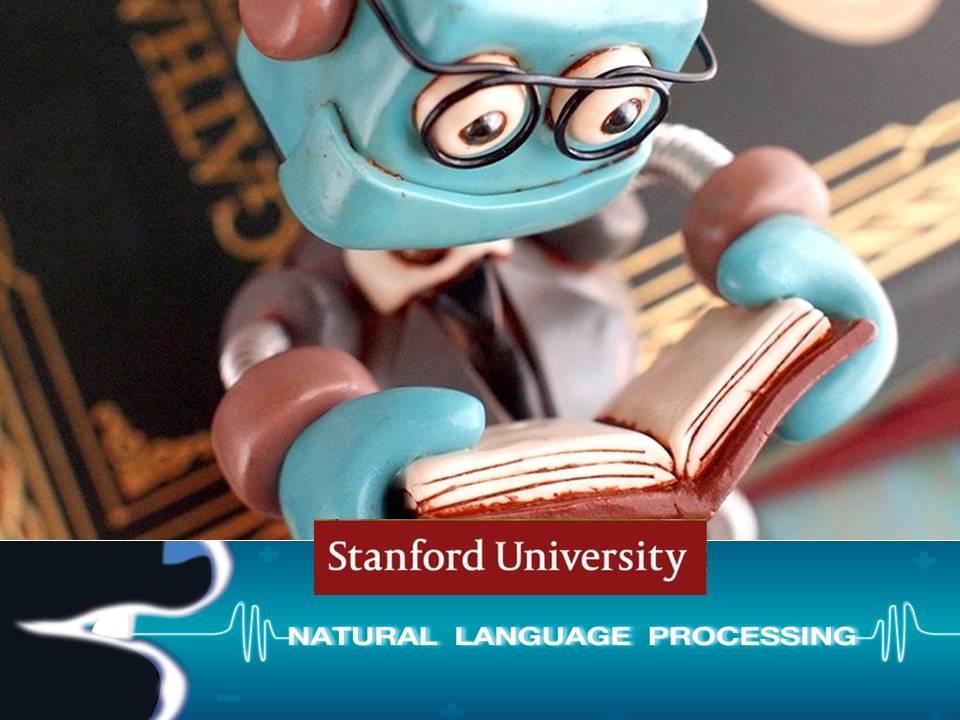Hi and welcome to an Illustrated Guide to Long Short-Term Memory (LSTM) and Gated Recurrent Units (GRU). I’m Michael, and I’m a Machine Learning Engineer in the AI voice assistant space.
In this post, we’ll start with the intuition behind LSTM ’s and GRU’s. Then I’ll explain the internal mechanisms that allow LSTM’s and GRU’s to perform so well. If you want to understand what’s happening under the hood for these two networks, then this post is for you.
You can also watch the video version of this post on youtube if you prefer.
The Problem, Short-term Memory
Recurrent Neural Networks suffer from short-term memory. If a sequence is long enough, they’ll have a hard time carrying information from earlier time steps to later ones. So if you are trying to process a paragraph of text to do predictions, RNN’s may leave out important information from the beginning.
During back propagation, recurrent neural networks suffer from the vanishing gradient problem. Gradients are values used to update a neural networks weights. The vanishing gradient problem is when the gradient shrinks as it back propagates through time. If a gradient value becomes extremely small, it doesn’t contribute too much learning.



